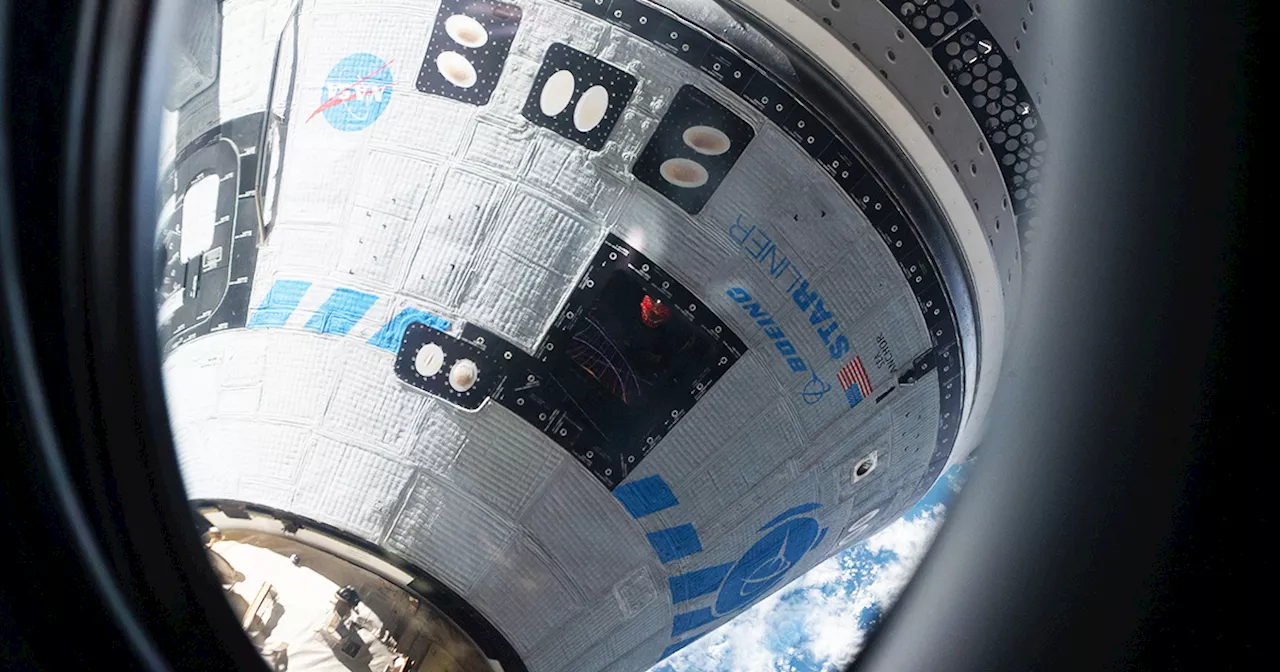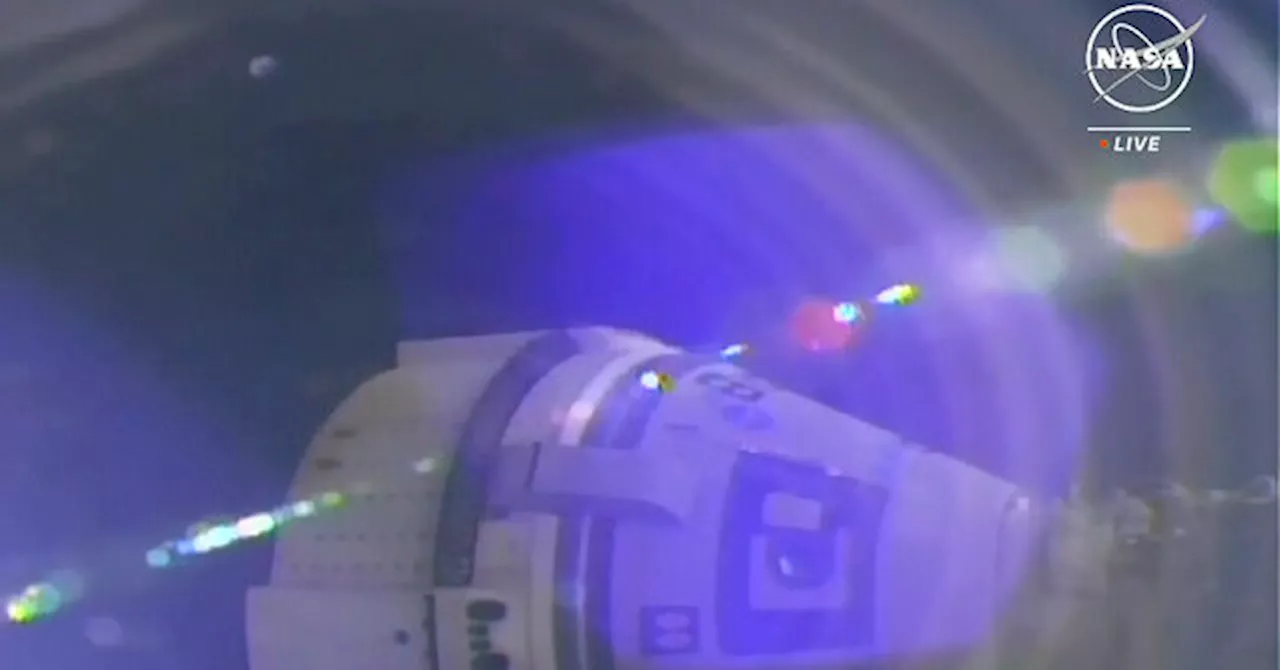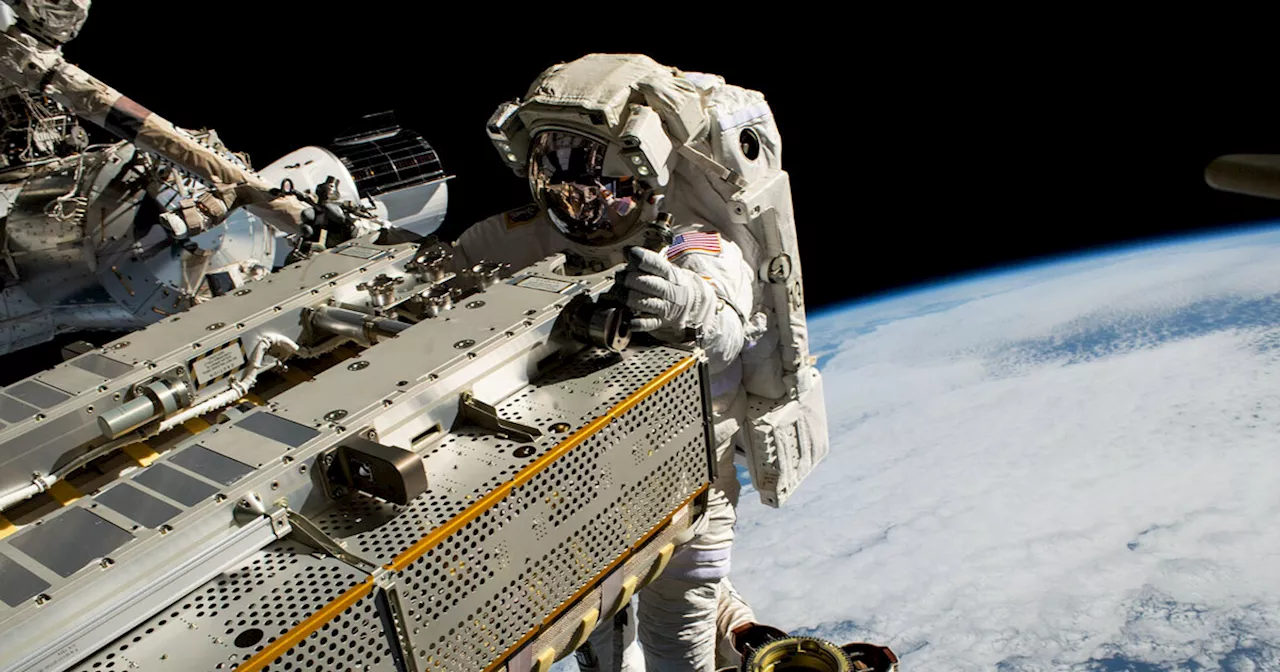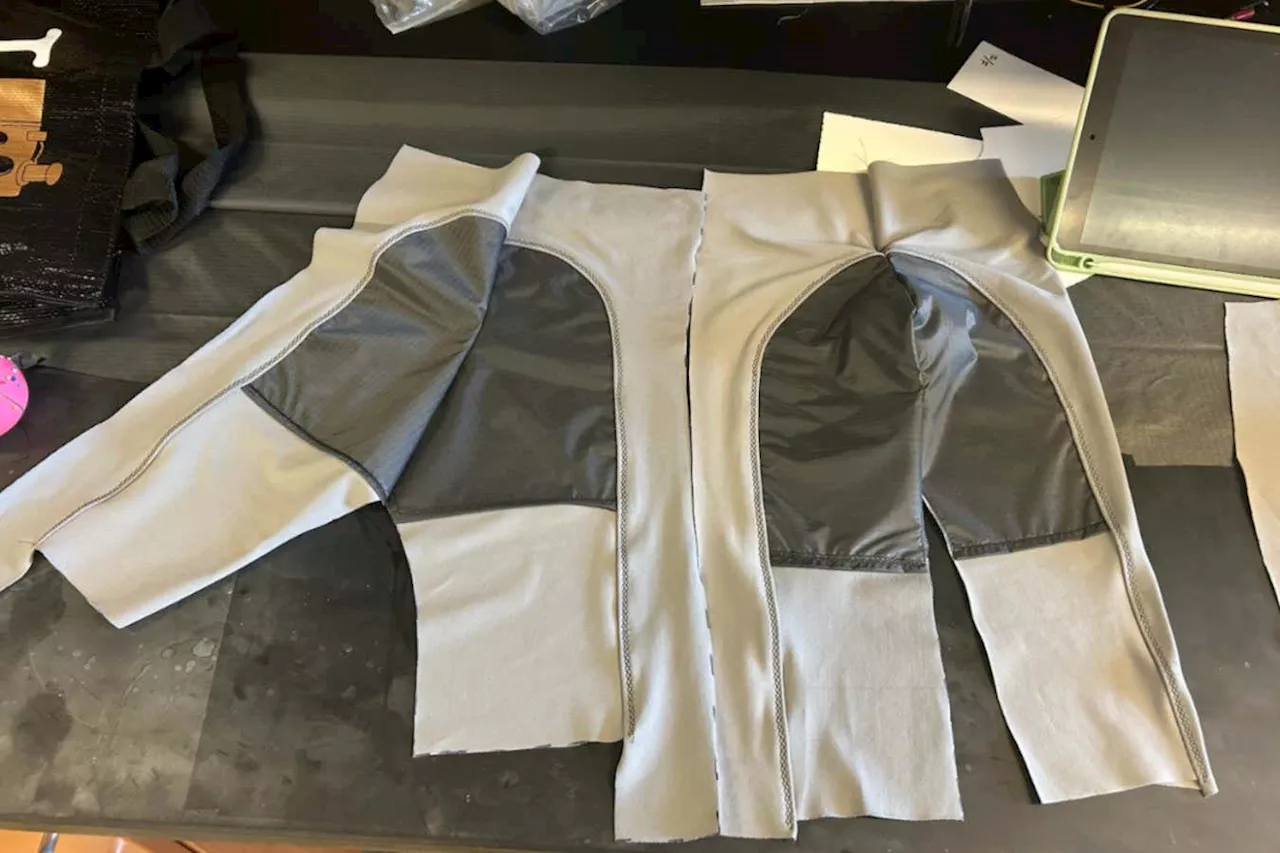When astronauts go on a spacewalk, their urine is collected by what is essentially a large diaper before being thrown away, and they have less than a litre of drinking water available - but a new kind of spacesuit could solve both issues
Astronauts on spacewalks may soon be able to drink their own urine, thanks to a water filtration and recycling system that could be ready in time for NASA’s upcoming crewed missions to the moon.
The purified water is then ready to drink and can be piped into an in-suit bag. This has the additional benefit of ensuring a steady supply of drinking water: the current NASA spacesuits provide just under a single litre of drinking water, which is often insufficient for a long spacewalk. The remaining 13 per cent of the water content cannot be extracted and remains in the filter.
United States Latest News, United States Headlines
Similar News:You can also read news stories similar to this one that we have collected from other news sources.
 Boeing Says That the 'Astronauts Are Not Stranded' While the Astronauts Remain StrandedScience and Technology News and Videos
Boeing Says That the 'Astronauts Are Not Stranded' While the Astronauts Remain StrandedScience and Technology News and Videos
Read more »
 Astronauts Stranded in Space at International Space Station as Boeing Starliner Faces Multiple IssuesSource of breaking news and analysis, insightful commentary and original reporting, curated and written specifically for the new generation of independent and conservative thinkers.
Astronauts Stranded in Space at International Space Station as Boeing Starliner Faces Multiple IssuesSource of breaking news and analysis, insightful commentary and original reporting, curated and written specifically for the new generation of independent and conservative thinkers.
Read more »
 Chinese astronauts install space-junk shielding on Tiangong space station (video)Andrew is a freelance space journalist with a focus on reporting on China's rapidly growing space sector. He began writing for Space.com in 2019 and writes for SpaceNews, IEEE Spectrum, National Geographic, Sky & Telescope, New Scientist and others.
Chinese astronauts install space-junk shielding on Tiangong space station (video)Andrew is a freelance space journalist with a focus on reporting on China's rapidly growing space sector. He began writing for Space.com in 2019 and writes for SpaceNews, IEEE Spectrum, National Geographic, Sky & Telescope, New Scientist and others.
Read more »
 NASA Astronauts Checking Exterior of Space Station for Living OrganismsScience and Technology News and Videos
NASA Astronauts Checking Exterior of Space Station for Living OrganismsScience and Technology News and Videos
Read more »
 Space weather forecasting needs an upgrade to protect future Artemis astronautsNASA has set its sights on the moon, aiming to send astronauts back to the lunar surface by 2026 and establish a long-term presence there by the 2030s. But the moon isn't exactly a habitable place for people.
Space weather forecasting needs an upgrade to protect future Artemis astronautsNASA has set its sights on the moon, aiming to send astronauts back to the lunar surface by 2026 and establish a long-term presence there by the 2030s. But the moon isn't exactly a habitable place for people.
Read more »
 Space weather forecasting needs an upgrade to protect future Artemis astronautsDr. Lulu Zhao is an assistant research scientist in the Climate and Space Sciences and Engineering. Her research focus is the modelling of the acceleration and transport of energetic particles using M-FLAMPA (multiple-field-line-advection-model with particle acceleration).
Space weather forecasting needs an upgrade to protect future Artemis astronautsDr. Lulu Zhao is an assistant research scientist in the Climate and Space Sciences and Engineering. Her research focus is the modelling of the acceleration and transport of energetic particles using M-FLAMPA (multiple-field-line-advection-model with particle acceleration).
Read more »
